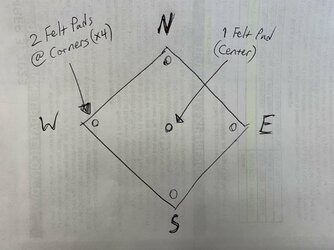So do you basically use the chamfered edge or edges as the nagura, and the rest of the stone as a giant handle?
Also now wondering if I could cut off a normal nagura-sized chunk and just turn the rest into a koppa:

Also now wondering if I could cut off a normal nagura-sized chunk and just turn the rest into a koppa:
Last edited:
